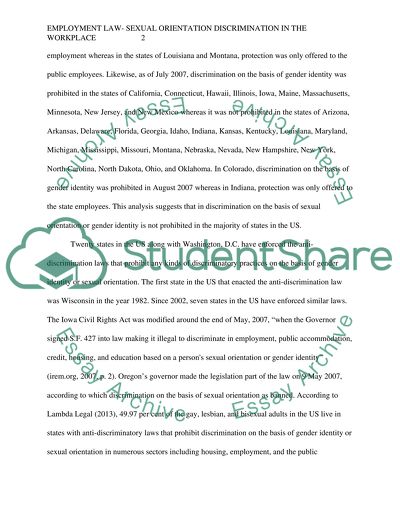Cite this document
(“Employment Law- Sexual Orientation Discrimination in the Workplace Research Paper”, n.d.)
Retrieved from https://studentshare.org/law/1466623-employment-law-sexual-orientation-discrimination
Retrieved from https://studentshare.org/law/1466623-employment-law-sexual-orientation-discrimination
(Employment Law- Sexual Orientation Discrimination in the Workplace Research Paper)
https://studentshare.org/law/1466623-employment-law-sexual-orientation-discrimination.
https://studentshare.org/law/1466623-employment-law-sexual-orientation-discrimination.
“Employment Law- Sexual Orientation Discrimination in the Workplace Research Paper”, n.d. https://studentshare.org/law/1466623-employment-law-sexual-orientation-discrimination.


